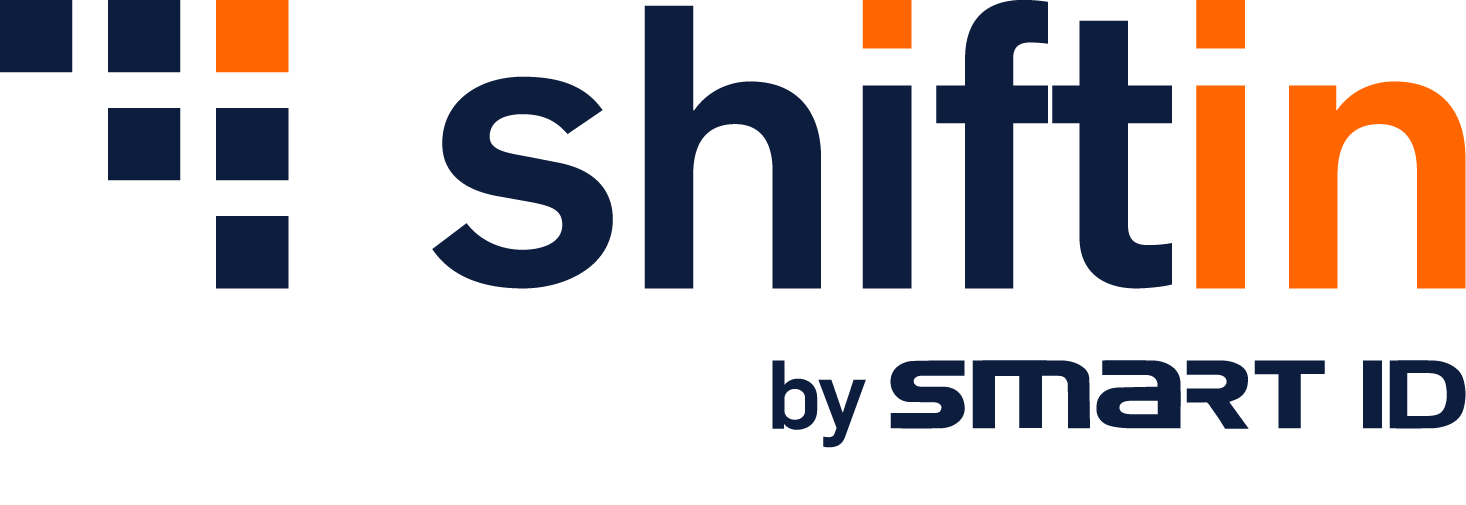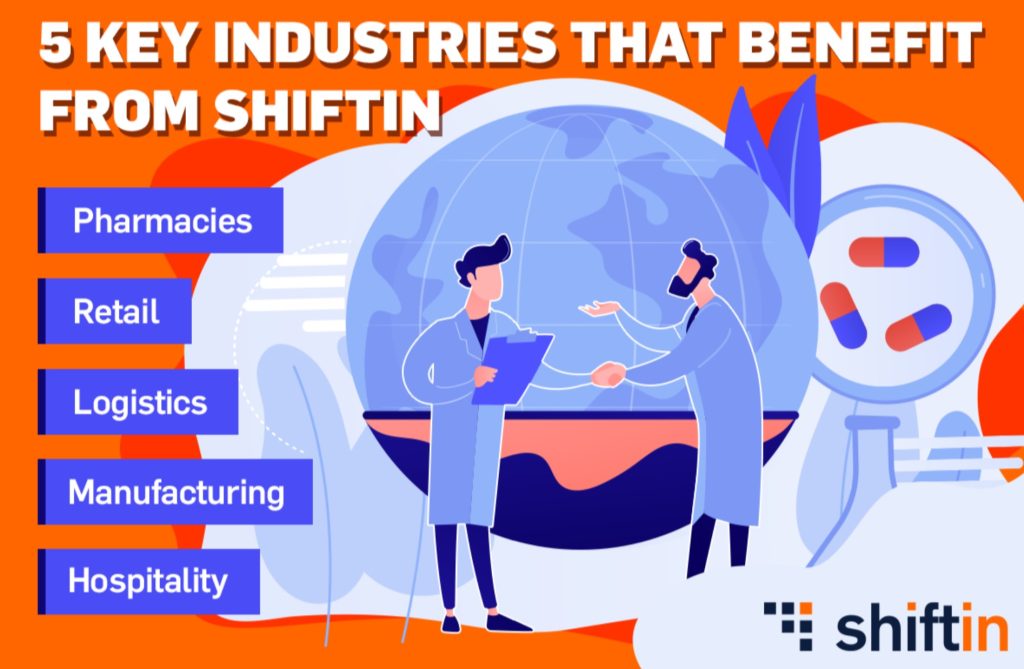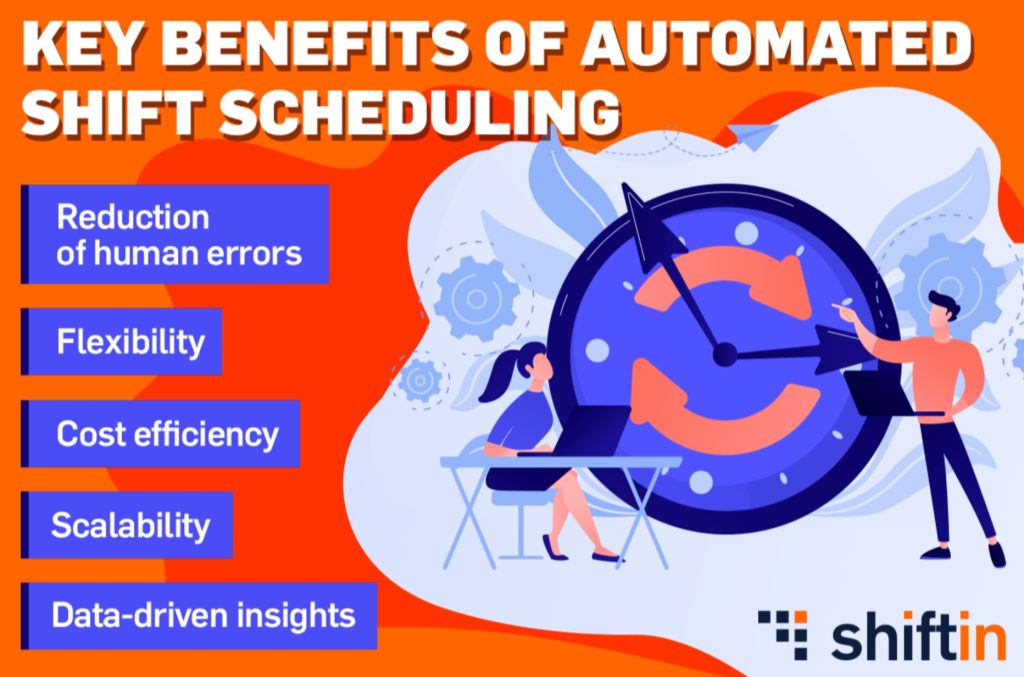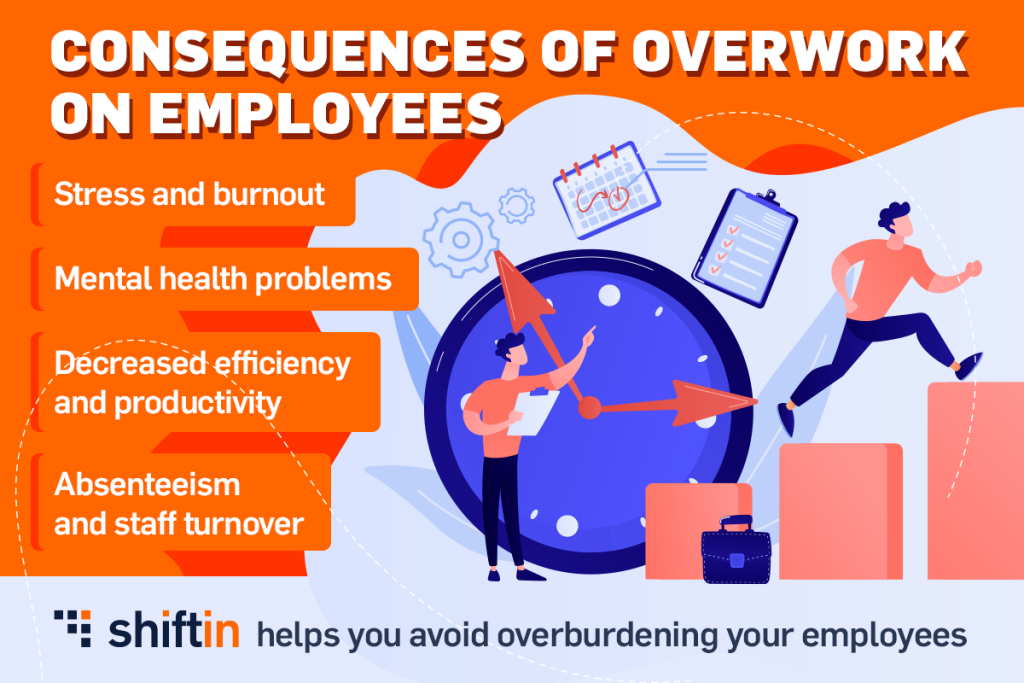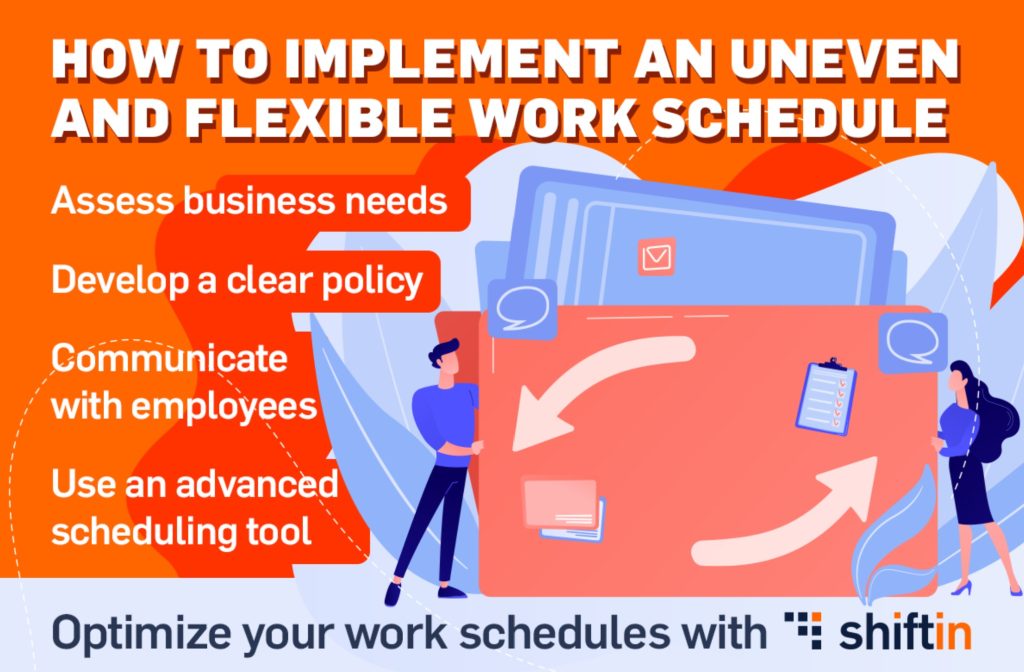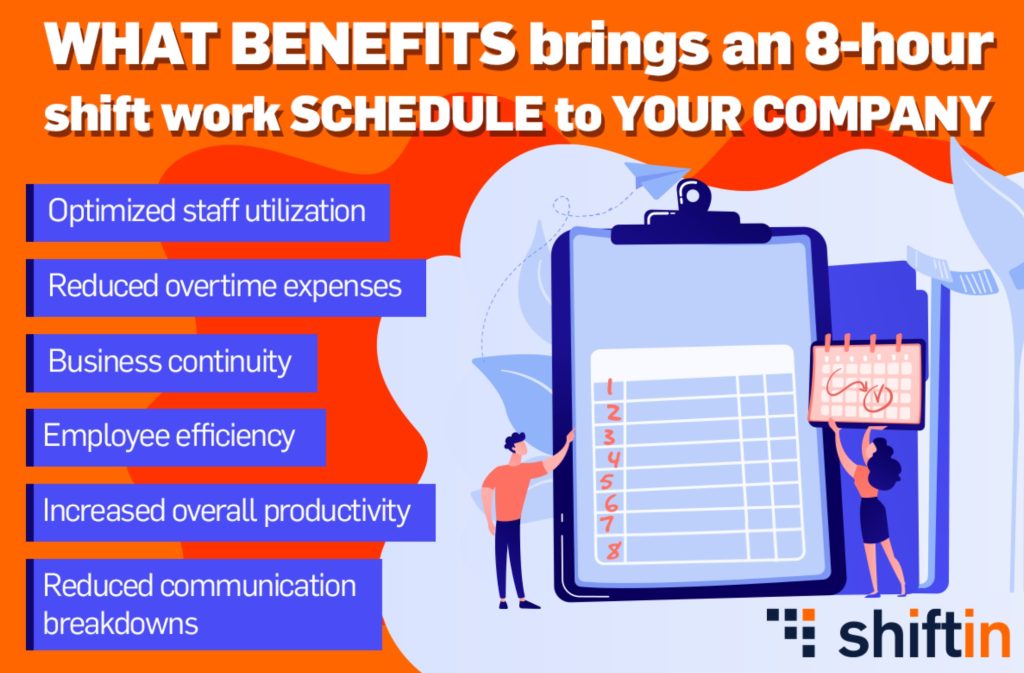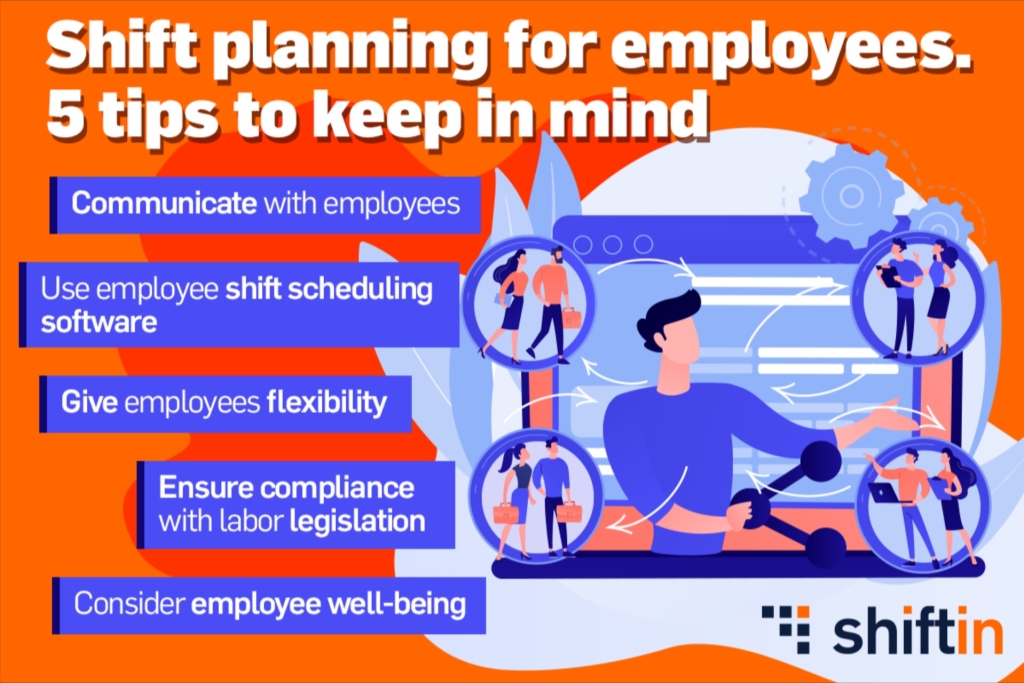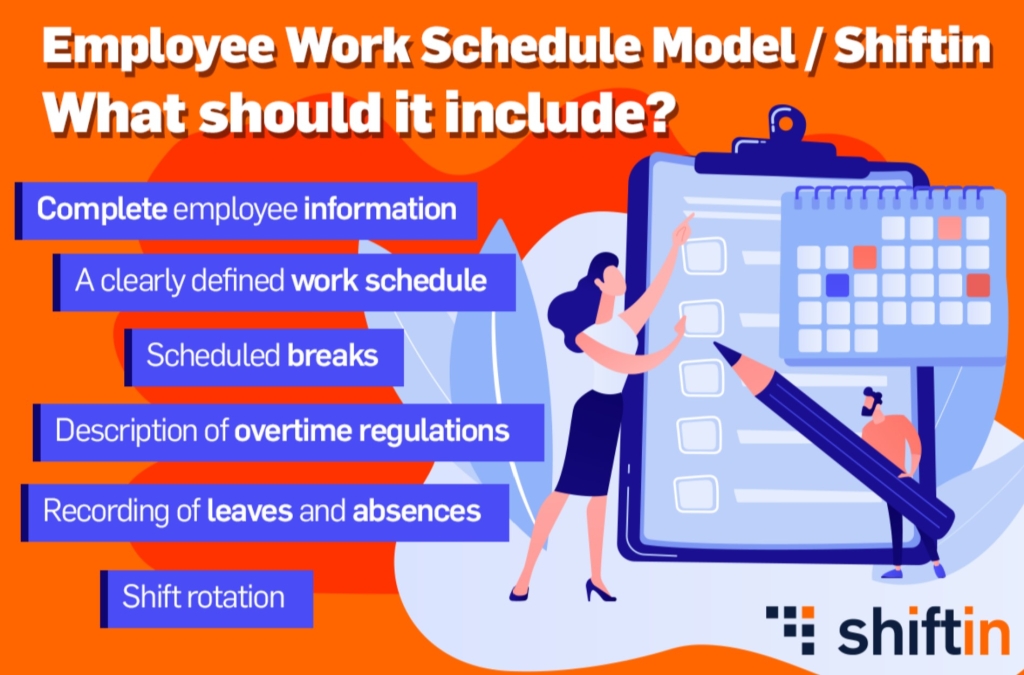- Automation that saves time and energy
- Flexibility and adaptability for any industry
- Improve employee satisfaction
- Improved operational efficiency
- Simplified communication between teams
- Why shiftin for your company?
Shift management can be a significant challenge for many companies. Whether it’s about optimizing resources, saving time or eliminating errors, having an advanced solution becomes essential. shiftin, a modern shift management platform, completely transforms the way companies manage these processes.
Automation that saves time and energy
One of the biggest benefits of using shiftin is the automation of the scheduling process. The system quickly generates efficient and balanced schedules for all employees, saving hours of manual scheduling.
Instead of spending endless hours manually adjusting schedules, shiftin allows you to set custom rules and let advanced algorithms do the hard work. Each shift is assigned objectively, minimizing the risk of errors or conflicts.
Flexibility and adaptability for any industry
Whatever your industry, shiftin adapts to your needs. From the specific needs of healthcare, where irregular shifts are common, to retail or manufacturing, the platform offers customized solutions for every type of business.
This flexibility makes shiftin ideal not only for large organizations, but also for small and medium-sized businesses looking to optimize their processes. Its intelligent algorithm can even handle specific requirements such as legal compliance, leave requests or employee preferences.
Improve employee satisfaction
A happy employee is more productive and engaged. With shiftin, work schedules are created fairly, reducing tension and fostering better relationships between team members.
The platform ensures fair distribution of night and weekend shifts, providing transparency throughout the scheduling process. Additionally, the leave request management feature allows employees to have more control over their schedule.
Another benefit is shiftin’s ability to help prevent burnout, a growing concern in many industries. By optimizing shifts, employees can achieve a better work-life balance, leading to a healthier and more motivated workforce.
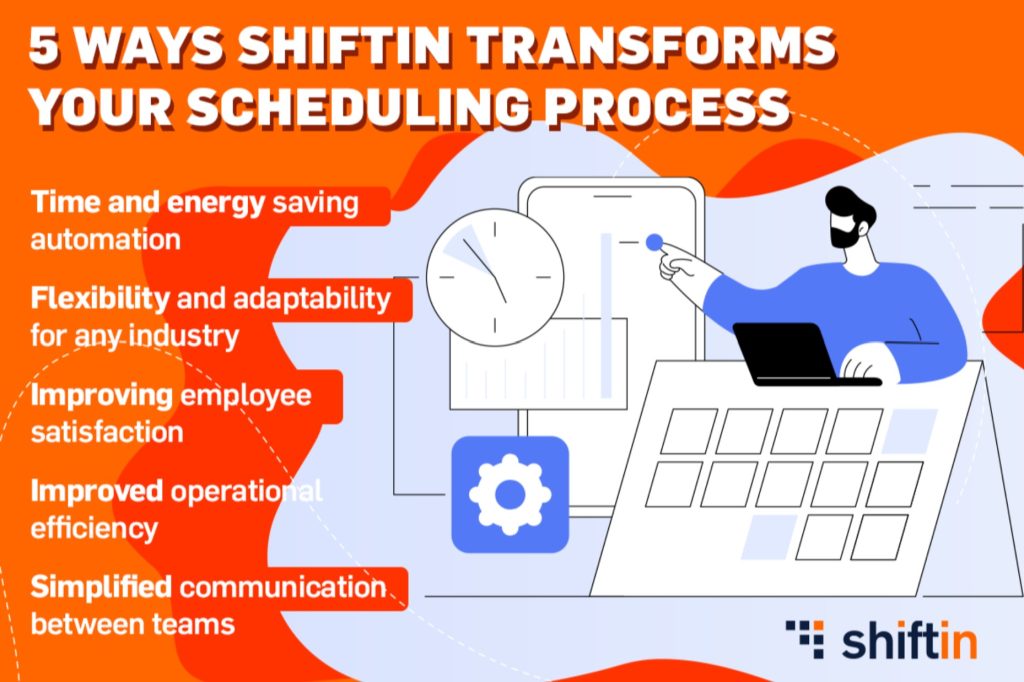
Improved operational efficiency
With shiftin, managers gain complete visibility into resource allocation, enabling more strategic planning. The platform digitizes key processes such as centralizing data, generating reports and analyzing team efficiency.
This approach completely eliminates the need for spreadsheets or other manual methods that often lead to errors. Instead, shiftin provides a modern, intuitive solution that saves time and increases productivity.
Simplified communication between teams
Another key reason to choose shiftin is its ability to improve internal communication. Employees can access programs in real-time, check for updates and submit requests directly through the platform.
This ensures that everyone stays informed, and managers can avoid misunderstandings or confusion about shifts. Clear communication fosters a more collaborative atmosphere and more efficient organization.
Why shiftin for your company?
In today’s increasingly competitive business environment, adopting a solution like shiftin is no longer a luxury, but a necessity. From automation and efficiency to employee satisfaction and improved communication, the platform provides all the tools you need for modern, stress-free planning.
Don’t let administrative challenges drain your resources and time. Choose shiftin and transform the way you organize your work shifts!
Learn more about how shiftin works and how it can help your company reach new levels of efficiency!
